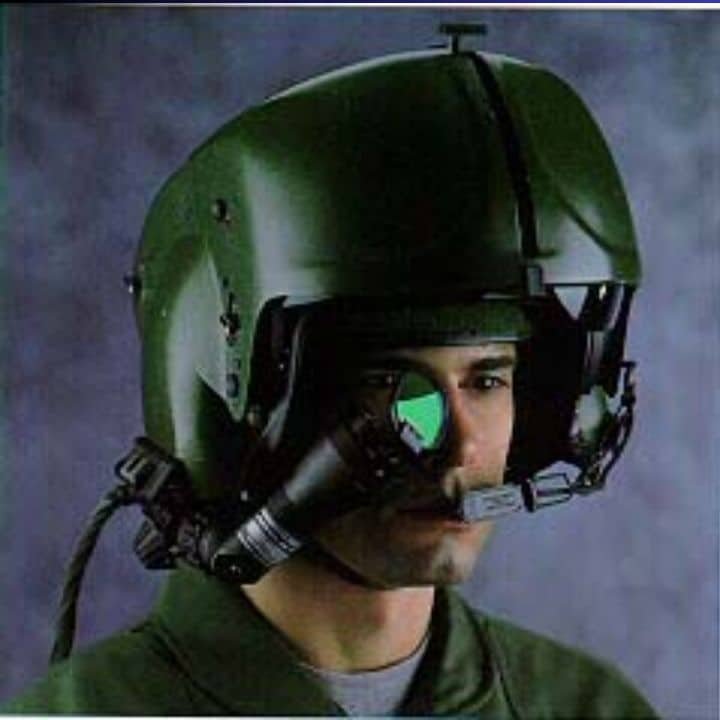
In recent years, technology has made significant advancements, especially in the realm of augmented reality (AR) and wearable devices. One of the most innovative developments in this field is the helmet mounted display (HMD). In India, the adoption of helmet mounted displays is gaining traction, especially among industries that require hands-free access to information. In this article, we will explore the concept of helmet mounted display in India, their applications in various sectors, and their growing importance in India.
What is a Helmet Mounted Display India?
A helmet mounted display in India is a device that allows users to see digital information directly within their line of sight. This technology is often integrated into helmets, providing users with critical data without the need to divert their attention from their immediate surroundings. Helmet mounted display India can include features such as navigation aids, augmented reality overlays, and real-time data feeds, making them invaluable tools in numerous fields.In India, the defense sector is exploring the use of helmet mounted displays for a range of applications, including pilot training, tactical operations, and battlefield awareness. HMDs can provide soldiers with vital information about their environment, enhancing decision-making and operational efficiency.
Key Features of Helmet Mounted Display India
- Hands-Free Operation: One of the most significant advantages of a helmet mounted display is that it allows for hands-free interaction with technology. This is particularly useful in environments where manual tasks are being performed simultaneously.
- Real-Time Data Access: HMDs can provide users with real-time information such as navigation directions, safety alerts, and equipment diagnostics, enhancing situational awareness.
- Augmented Reality: Many helmet mounted displays incorporate augmented reality, which overlays digital information onto the real world. This can be used for training, maintenance, and operational tasks.
- Comfort and Ergonomics: Modern helmet mounted displays are designed for comfort, ensuring that users can wear them for extended periods without discomfort.

Applications of Helmet Mounted Display in India
The versatility of helmet mounted display in India makes them suitable for various applications. Here are some of the key sectors in India where HMDs are making a significant impact:
Workers often need to access blueprints, safety information, and machinery diagnostics while on-site. A helmet mounted display allows them to view this information without having to pause their work. This not only increases efficiency but also reduces the risk of accidents, as workers can maintain focus on their tasks. The automotive sector is increasingly utilizing helmet mounted displays for tasks such as assembly line work, maintenance, and quality control. Technicians can view schematics and diagnostic information directly in their field of vision, streamlining processes and reducing the likelihood of errors.
First responders, including firefighters and paramedics, can benefit greatly from helmet mounted displays. These devices can provide them with real-time information about the situation they are responding to, including hazardous materials, building layouts, and patient data, enabling them to make informed decisions quickly. Helmet mounted display In India are not just for industrial applications; they are also finding their way into sports and recreational activities. For example, mountain bikers, skiers, and motorcycle riders can use HMDs to access navigation, speed data, and even video recording capabilities while keeping their hands free for optimal control.
Benefits of Using Helmet Mounted Display In India
The implementation of helmet mounted displays in various industries brings numerous benefits:
1. Increased Productivity
By providing instant access to information, helmet mounted displays allow workers to remain focused on their tasks, leading to higher productivity levels. Workers no longer need to search for manuals or interrupt their workflow to consult with colleagues.
2. Enhanced Safety
HMDs improve safety by allowing users to stay aware of their surroundings while accessing crucial information. This reduces the risk of accidents and injuries, making it an invaluable tool in high-risk environments.
3. Improved Training and Skill Development
Helmet mounted displays can be used for training purposes, providing trainees with real-time feedback and guidance. This immersive learning experience enhances skill development and retention.
4. Cost Efficiency
Although the initial investment in helmet mounted display In India may be significant, the long-term benefits include reduced errors, increased productivity, and improved safety, all of which can lead to cost savings for organizations.
Challenges Facing Helmet Mounted Display In India
Despite the numerous advantages, there are challenges that come with the adoption of helmet mounted display in India:
1. Cost of Technology
The advanced technology integrated into helmet mounted displays can come with a hefty price tag.
2. Training Requirements
While HMDs can enhance productivity, users may require training to operate them effectively.
3. Limited Battery Life
Users need to ensure that their helmet mounted display can last through long shifts without needing a recharge, which can limit its effectiveness.
4. Resistance to Change
In some industries, there may be resistance to adopting new technologies. Workers accustomed to traditional methods may be hesitant to embrace helmet mounted displays.
Future of Helmet Mounted Display in India
The future of helmet mounted display in India looks promising as technology continues to evolve. With advancements in materials, battery technology, and augmented reality applications, we can expect to see more industries adopting HMDs to enhance their operations.
1. Growing Adoption in Various Industries
As awareness of the benefits of helmet mounted displays spreads, more industries are likely to adopt this technology. Sectors such as logistics, manufacturing, and healthcare may begin to see the advantages of real-time data access and enhanced safety.
2. Integration with IoT
The Internet of Things (IoT) is transforming how industries operate, and helmet mounted displays will likely play a significant role in this shift. Integrating HMDs with IoT devices can provide users with even more real-time data and analytics, further enhancing productivity and safety.
3. Advancements in Augmented Reality
As augmented reality technology matures, the capabilities of helmet mounted display in India will expand. Users can expect more intuitive interfaces, improved graphics, and richer data overlays that enhance their working experience.
4. Customization and User Experience
Future developments may focus on customizing helmet mounted displays for specific industries or user needs, enhancing the overall user experience. This could involve tailored interfaces, specialized applications, and ergonomic designs that fit individual preferences.
Read More : Fat Bike Cycle
Final Thoughts Of Helmet Mounted Display
In summary, the helmet mounted display India is a revolutionary technology that is changing the way we access information across various industries in India. From construction to emergency services, HMDs provide hands-free access to critical data, enhancing productivity and safety. While challenges remain, the potential benefits of this technology are immense.
As the demand for innovative solutions continues to rise, helmet mounted displays are poised to become a staple in many sectors. By overcoming barriers such as cost and resistance to change, organizations can harness the power of HMDs to improve operations and achieve greater efficiency. Embracing this technology will not only enhance worker safety but also pave the way for a more connected and efficient future in the Indian workforce.




